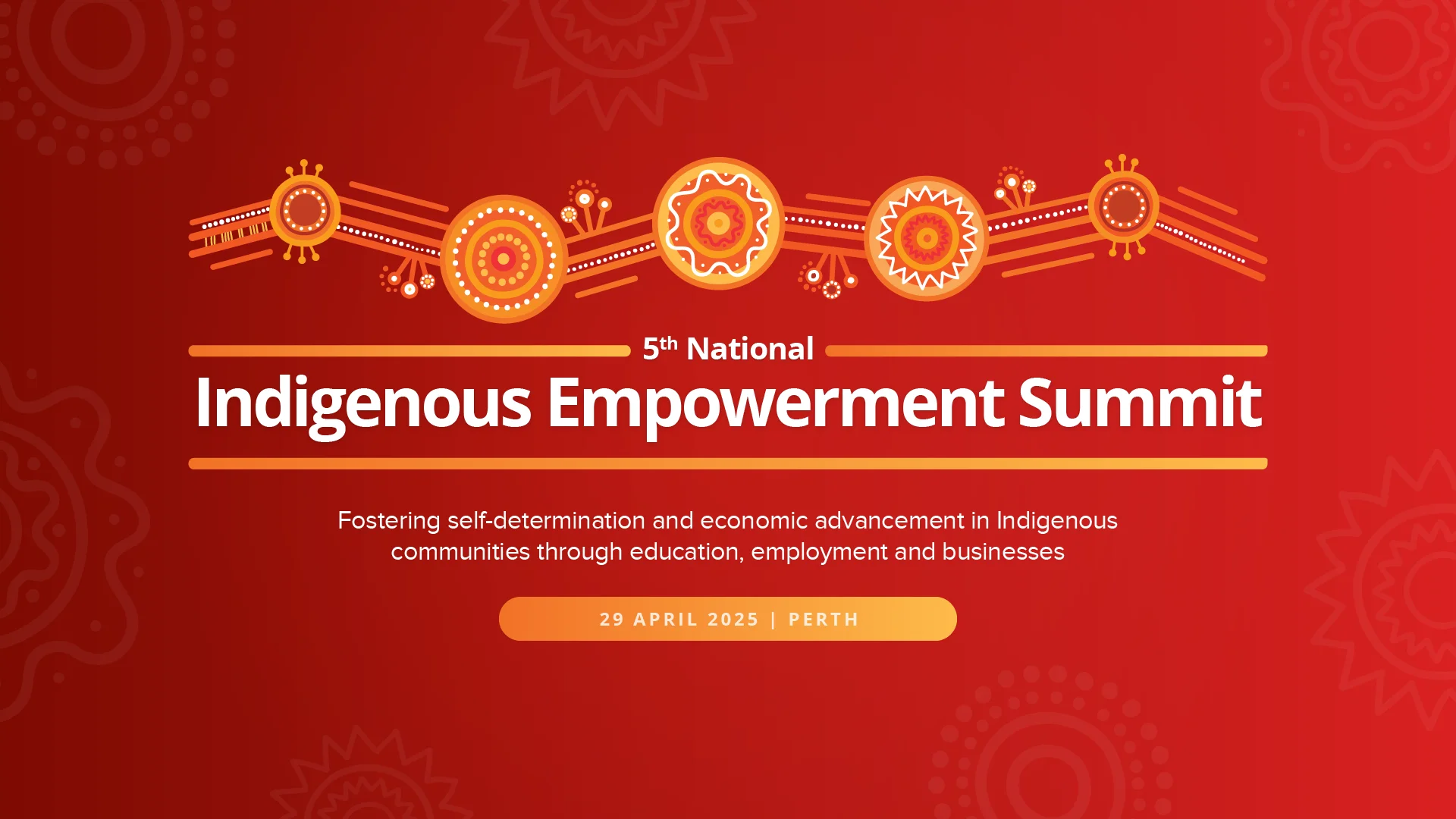The not-for-profit sector is widely recognised and highly regarded for its hard working and committed employees. According to the 2019 Australian Community Trends Report, 91 per cent of charity workers strongly or somewhat agree that these are the sectors distinctive characteristics. However, when asked about their organisations ability to remain agile and responsive they were the least likely to agree. Amongst evolving technologies and rapid pace of change, leaders who can respond swiftly and mobilise action from their people are those with a deeply valuable advantage.
If as a leader your goal is to influence, lead and mobilise the people you are speaking to, then it requires you to do more than simply inspire people with an idea and then send them back to business as usual. Every opportunity you have to speak should be seen as an opportunity to mobilise people towards practical action. Here are three questions to answer – every time you speak – if you want people to take action.
What Then?
Give people a clear and succinct message to remember.
What then is the big idea you want people to think about when they leave the room. This is all about confirmation. Answering this question before you finish speaking reinforces your key message and reduces the chances of misinterpretation. Boil everything you have spoken about down to a single sentence. This is the answer people will give when asked, ‘What did they talk about?’ A great message should be easy to remember and hard to forget. The idea should be succinct enough that people remember it while being stimulating enough that it is hard for them to forget. Think of it like a song that gets stuck in your head. You want everyone in the room to walk away from your delivery singing the same tune. In her book Powerful: Building a Culture of Freedom and Responsibility, Patty McCord suggests that people aren’t ‘too stupid to listen’; rather, ‘you made it too complicated to understand’.
What If?
Give people a vision for the future.
This is all about aspiration. Best-selling author Simon Sinek rose to popularity in his Ted Talk teaching organisations how to inspire people by understanding their ‘why’. Understanding why you want people to take action enables you to paint a picture of the future if they actually do. What if people took action on this idea when they walked out of the room? What would it look like if the people you spoke to actually did what you were asking them to do? How would their life be better? How would the business or organisation be better? What would it look like if everyone played their part to make it happen? If we can paint this picture well for people, we give them the motivation they need to start.
What Now?
Give people something they can do right away.
This is all about application. What’s the practical next step from here? How can people walk away and take immediate action?
In the New York City office for Weight Watchers, an organisation committed to helping people build healthy habits, staff are invited to pick up a piece of fruit when they arrive at work. This isn’t surprising given the nature of the organisation. It’s also not surprising how the offering changes if you arrive late. Early arrivals will find bananas among other fruit. If you arrive late it’s likely you’ll find only oranges. It isn’t because the managers are punishing the latecomers but rather that bananas tend to go first while oranges hang around in the bowl. Tania Luna and Jordan Cohen refer to this as the Banana Principle and this formed the basis of their HBR article To Get People to Change, Make Change Easy.
You may have multiple ideas for how they can apply the message you have presented them with, but ask them to choose something to take action on now and make that next step as accessible as possible. It’s always easier to turn a moving car than a stationary one, so get the wheels moving.
People are the same, we all favour the path of least resistance. Recognising this, if you want people to take action you need to make that action as unobstructed as possible. Next time you prepare to speak, ask yourself – What do you want people to know? What do you want people to be? What do you want people to do? Now provide a pathway of least resistance for them to take their next step.
About the Contributor:
Shane Michael Hatton is the author of Lead the Room – Communicate a Message That Counts in Moments That Matter (Major Street Publishing).











